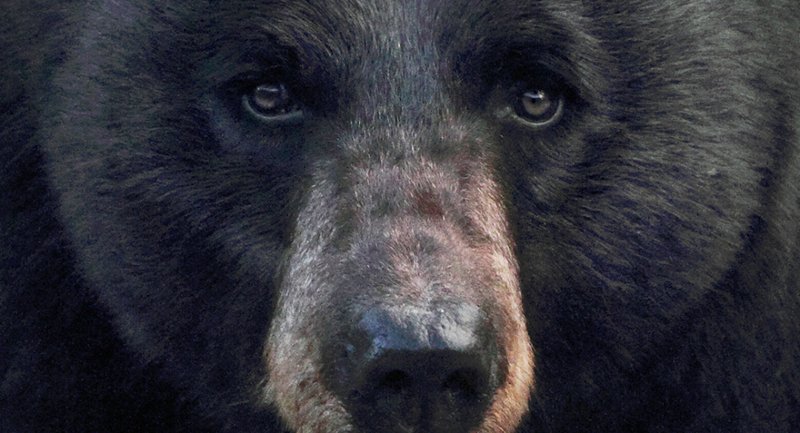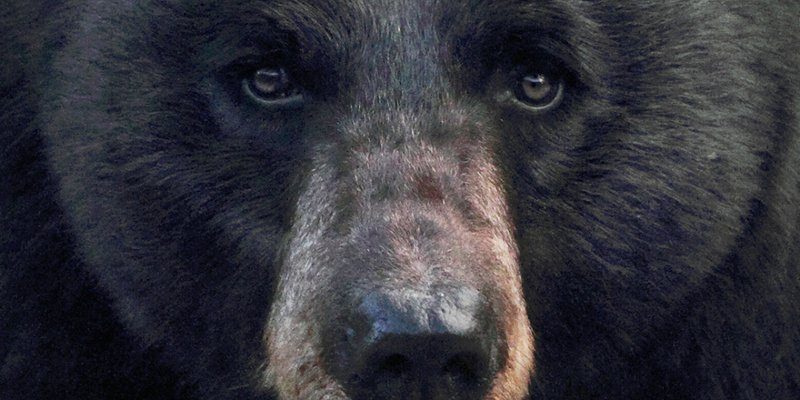
Let’s dive into the world of black bears and explore some of these common myths and misconceptions. Whether you’re a nature enthusiast or just curious, understanding these gentle giants can make your next hike or camping trip in bear country a lot more enjoyable. You might be surprised at what you learn!
Myth 1: All Black Bears Are Dangerous
It’s easy to think of black bears as dangerous beasts, especially after hearing some stories. But here’s the truth: while they can be unpredictable, black bears are typically shy and prefer to avoid humans. Most encounters end without any aggression.
Imagine a dog barking at you from behind a fence; it’s usually just trying to say, “Hey, go away!” Similarly, a black bear often will huff or stomp its feet to warn you away if it feels threatened. They may look imposing, but they are generally more interested in foraging for food than causing trouble. In fact, black bear attacks are quite rare. According to the National Park Service, you’re far more likely to be injured in a car accident than by a bear.
When hiking in black bear territory, it’s best to follow some simple guidelines. Make noise, travel in groups, and store food securely. This way, you’ll minimize the chances of an encounter altogether.
Myth 2: Black Bears Only Live in Forests
You might think black bears are only found in wooded areas, but they actually have quite a varied habitat. While they certainly thrive in forests, they can also be found in swamps, mountains, and even suburban areas!
Think of it like this: just as humans adapt to different places, black bears can too. They are highly versatile animals and can adjust their lifestyle to find food and shelter. When food sources dwindle in the wild, some bears might wander into neighborhoods looking for easy meals—think bird feeders, trash cans, or pet food left outside. It’s like a bear version of a grocery run!
This adaptability is essential for their survival, especially as their natural habitats continue to change due to human activity. Understanding where black bears live can help you prepare better for outdoor adventures.
Myth 3: Black Bears Are Completely Black
You see the term “black bear” and might assume all of them are, well, black. But here’s the kicker: black bears can actually come in a range of colors!
Some bears are indeed black, but others sport shades of brown, cinnamon, or even a bluish hue. The coloration varies by region. For example, bears in the eastern United States are often more black, while those in the western regions may be brown or blonde. Isn’t that wild?
This variation can be crucial for their camouflage and survival in different environments. A bear’s color can help it blend into its surroundings, whether it’s for hunting or hiding from potential threats.
Myth 4: Black Bears Are Only Active at Night
People often picture bears as nocturnal creatures roaming around under the cover of darkness. While it’s true black bears can be active at night, they’re actually quite adaptable and can be spotted during the day too.
Think of a black bear’s day like your own. Just as you might run errands in the morning and relax at home in the evening, bears can be out and about anytime they feel comfortable. Early morning and late afternoon are prime times for them to forage for food since these hours often come with cooler temperatures.
So, if you’re out hiking in the afternoon and spot a bear, don’t be too surprised. They’re just doing their thing, looking for a snack!
Myth 5: Black Bears Can’t Climb Trees
It’s a common belief that black bears are too heavy or clumsy to climb trees, but that’s simply not true. Just like a gymnast at the Olympics, black bears are incredibly agile and can climb trees with remarkable ease.
This skill isn’t just for show; climbing helps them escape predators and find food. Young bears often climb trees to avoid danger, and you might even see them explore tree branches in search of tasty treats like berries or insects.
So next time you think of a bear in a tree, picture it like a child climbing to the tallest branch at the playground. They’re not just up there for fun—their survival may depend on their ability to climb!
Myth 6: Black Bears Hibernate All Winter
When winter hits, many folks assume all black bears hibernate until the snow melts. Well, here’s the thing: not all black bears hibernate in the same way, and some may actually stay awake during warmer spells.
Hibernation in black bears is a bit more like a long nap than the deep sleep we usually think of. They enter a state of torpor, where their body temperature drops and their metabolism slows down, but they can wake up easily if needed. Some bears may emerge from their dens during warmer spells to hunt for food if hunger strikes.
This flexibility is crucial, especially when there are unpredictable weather patterns. So, while some bears may be cozied up in their dens, others could be out looking for a snack, making it essential to understand their behavior throughout the seasons.
Black bears are incredible animals, but misconceptions can get in the way of appreciating their unique traits. Understanding the truth behind these myths not only enriches our knowledge but also helps us coexist with these magnificent creatures more peacefully.
So, next time you hear a black bear story that sounds a little off, you can confidently share the facts! These bears are not the terrifying monsters we sometimes imagine; they are a vital part of our ecosystems, deserving of our respect and understanding.
By demystifying these common myths, you can enjoy your outdoor adventures with a newfound appreciation for black bears and the role they play in nature. Plus, you might just impress a few friends with your newfound knowledge over coffee!

